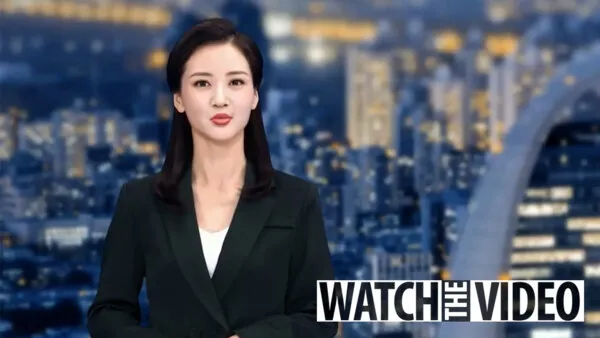In a world where technology is rapidly evolving, artificial intelligence (AI) has made its way into even the most traditional domains, including journalism. The emergence of AI-powered news anchors is reshaping the landscape of media, raising questions about the role of technology in delivering information and the impact it might have on the future of news presentation.
The Rise of AI News Anchors
AI news anchors, or virtual news presenters, are computer-generated personas that use natural language processing and deep learning algorithms to deliver news content. These virtual anchors are designed to mimic human speech patterns, facial expressions, and gestures, creating a remarkably lifelike presentation.
One of the advantages of AI news anchors is their consistency. Unlike human anchors who may tire or experience mood fluctuations, AI anchors can deliver news 24/7 without a break. This offers a potential solution for providing real-time updates and breaking news coverage.
The Technology Behind AI News Anchors
AI news anchors rely on advanced technologies such as text-to-speech synthesis, computer vision, and machine learning. These systems process vast amounts of data, analyze news articles, and generate accurate and coherent scripts that are then delivered with a synthesized voice. Facial recognition and animation technologies allow the AI anchors to exhibit facial expressions and gestures that mimic human communication.
Benefits and Drawbacks
The introduction of AI news anchors brings several benefits to the media industry. They can help reduce production costs, as they do not require the same level of compensation and benefits as human anchors. Additionally, their constant availability and instant language translation capabilities have the potential to enhance global news coverage and accessibility.
However, there are also concerns and drawbacks associated with AI news anchors. Critics argue that the lack of human emotions and genuine spontaneity could result in news delivery that lacks authenticity and empathy. The potential for spreading misinformation is another concern, as AI anchors might not possess the critical thinking abilities required to fact-check or analyze complex news events accurately.
The Future of News Presentation
The introduction of AI news anchors raises broader questions about the future of journalism and media consumption. As technology continues to advance, AI anchors could become more sophisticated, blurring the lines between human and machine-driven news presentation. This transformation has the potential to reshape audience preferences, challenging traditional notions of credibility and trust in news sources.
Conclusion
AI news anchors represent a significant step toward the integration of technology into journalism, allowing for continuous news delivery and potentially expanding access to information. However, the ethical and societal implications of relying on AI anchors for news delivery require careful consideration. As these technologies evolve, it will be essential to strike a balance between the efficiency and consistency they offer and the human touch that fosters genuine connection and trust in news reporting.





